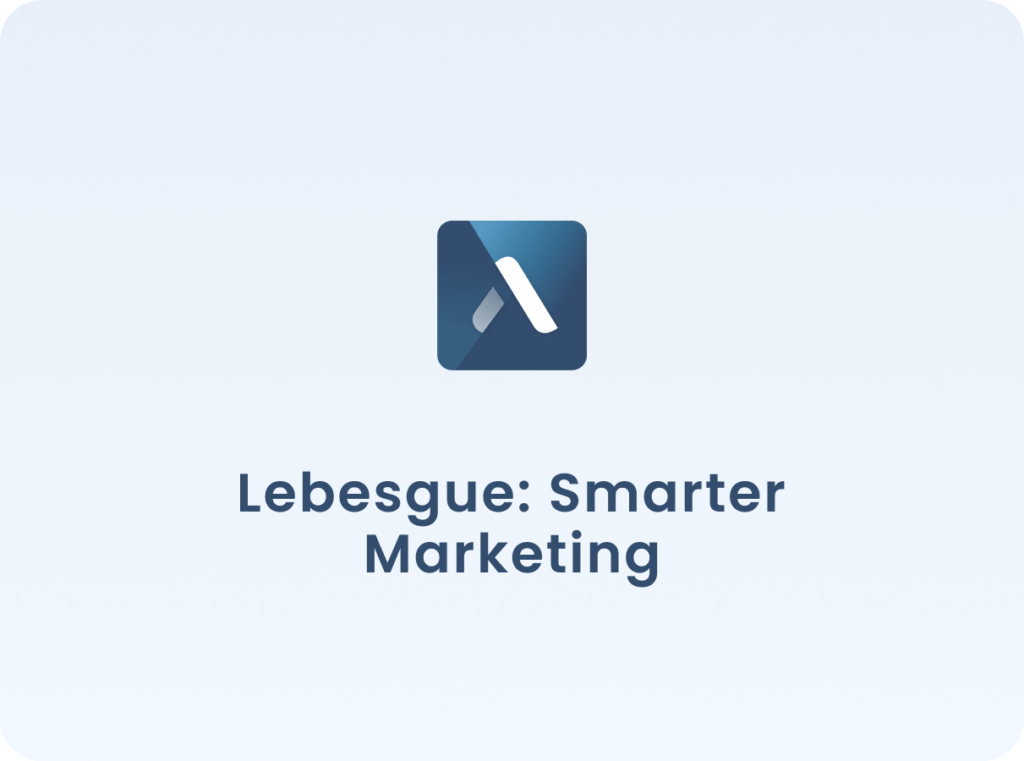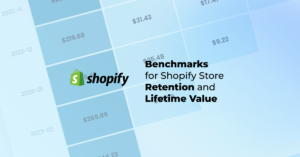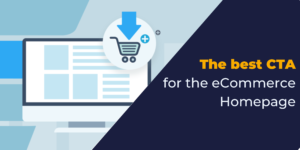Ever wonder how some online stores grab your attention with irresistible deals or ask for your email in a friendly pop-up window? Those are e-commerce popups in action!
If you’ve ever thought about using them for your store but felt overwhelmed, you’re in the right place. In this blog post, we’re going to demystify the world of e-commerce popups and show you how to create ones that get noticed.
We’ll break it down step-by-step, from crafting eye-catching designs to understanding what makes a popup really work. Ready to dive in? Let’s make your popups pop!
Before we dive in with popup creation and statistics, let’s see what they are.
Simply said, a popup form is a small window that appears on a website. Typically, they are triggered by specific actions like visiting a page, scrolling down, or attempting to leave the site.
Also, they are strategic tools used by e-commerce businesses to increase their lead generation and conversion rates. So, the goal isn’t just to get more leads.
Your popup can ask visitors to take various actions, such as signing up for the newsletter, registering for promotions, or making a purchase.
Essentially, popup forms serve as virtual prompts that engage visitors and encourage them to interact with the website in specific ways, ultimately helping businesses attract leads and improve conversion rates.
How to create an e-commerce popup?
When you’re making a popup for your e-commerce store, you’ve got to think about the all little details.
Like, when should it show up? What’s gonna make it pop up in the first place? And what’s it gonna say or offer? Plus, it’s gotta look good too. But don’t worry, we’ve got your back!
We’ll walk you through all of it, giving you tips to make sure your popup gets noticed and brings in more sales.
Timing and triggers
Let’s start with popup timing and triggers.
The success of a popup largely depends on when and how it appears to the visitor. Different strategies can be employed to ensure the pop-up is timely and relevant:
- exit-intent popups
- time-based triggers
- scroll triggers
One effective strategy is to trigger a popup when the visitor exhibits signs of leaving the site.
This can include actions like moving the mouse towards the browser’s close button. By displaying a pop-up at this moment, you have the opportunity to entice the visitor to stay with a special offer or remind them of items left in their shopping cart.
Another approach is to display the pop-up after the visitor has spent a predetermined amount of time on the site. This suggests that they are engaged with the content and may be more receptive to the message in the pop-up.
Timing the pop-up in this way can increase the likelihood of capturing the visitor’s attention and encouraging them to take action.
Additionally, you can set up the pop-up to appear after the visitor scrolls through a certain percentage of a page. This can be particularly effective on product or content pages where the visitor has already shown interest by scrolling.
By displaying the pop-up at this point, you can present relevant offers or information that aligns with the visitor’s browsing behavior, increasing the chances of conversion.
Offer incentives
When you’re creating a popup for e-commerce, it’s crucial to offer incentives that genuinely interest your customers. If you provide something they find valuable, they’ll be more inclined to share their email address with you.
Consider options like discount codes, free shipping, or exclusive access to make your offer enticing.
For discount codes, consider offering a 10-15% discount on the first purchase when a visitor subscribes. This serves as a direct incentive that not only attracts customers but also speeds up their decision-making process when considering a purchase.
Another effective incentive is to provide free shipping for the first order when customers sign up. Free shipping is a major perk for online shoppers and can be a decisive factor in their decision to complete a purchase.
Lastly, offering subscribers early access to sales or exclusive products adds value and exclusivity to their subscriptions. This makes them feel special and increases their loyalty to your brand, ultimately driving more conversions and engagement.
Design Considerations
When designing your popup, ensure it grabs attention and reflects your brand identity. Here are some key considerations.
Firstly, your popup should be visually appealing and cohesive with your brand. Use colors, fonts, and images that align with your brand’s aesthetic while also standing out on the page. This helps create a consistent and memorable experience for visitors.
Additionally, with a significant portion of e-commerce traffic coming from mobile devices, it’s crucial to optimize your popups for mobile usability. Ensure that your pop-ups display properly and are easy to interact with on smaller screens, providing a seamless experience for mobile users.
Furthermore, make it simple for users to dismiss the popup if they’re not interested. An easily accessible close button or a clear way to exit the popup enhances user experience and prevents frustration. This demonstrates respect for your visitors’ preferences and encourages positive interactions with your brand.
Content and copy
Ensuring clarity and conciseness in your e-commerce popup message is essential for effectively engaging visitors. Here are some key points to consider.
Firstly, start with a compelling headline that grabs attention and clearly communicates the value or offer. This headline serves as the first point of contact with your audience and sets the tone for the rest of the message.
Additionally, focus on benefit-driven copy that quickly conveys what the visitor will gain by providing their email address. Highlight the key benefits or incentives in a concise and persuasive manner to capture the visitor’s interest and motivate them to take action.
Furthermore, include a clear call-to-action (CTA) button with text that encourages immediate action, such as “Get My Discount” or “Subscribe Now.”
The CTA should be prominently displayed and clearly indicate what action the visitor should take next.
Minimize required information
To maximize the completion rate of your pop-up form, minimize the required information.
So, considering the information you can ask your visitors, we did an A/B test to compare two different approaches.
Our goal was to determine which design performed better in capturing email sign-ups.
The results of the A/B test provided valuable insights into consumer behavior and preferences. Despite Popup 2 offering a higher discount, Popup 1 emerged as the clear winner, boasting an 8% sign-up rate compared to Popup 2’s 4%.
These findings underscore the importance of simplicity and minimalism in pop-up design. Visitors overwhelmingly preferred Popup 1, which required only an email address for sign-up.
Despite Popup 2’s larger discount offer, its lower sign-up rate was likely due to the additional information it requested from visitors.
By minimizing required information and providing quick form fill options, you can optimize your pop-up form for maximum completion rates, ultimately increasing your lead capture effectiveness.
Compliance and transparency
To maintain compliance and transparency with legal regulations, ensure your e-commerce popup forms adhere to the following guidelines:
Firstly, comply with GDPR and CCPA regulations by clearly explaining communication expectations to subscribers and obtaining their consent for data collection and usage.
Secondly, include a link to your privacy policy or provide a brief overview of your data privacy practices to enhance transparency and reassure visitors about their privacy concerns.
Testing and optimization
To optimize the performance of your e-commerce popups, it’s essential to conduct continuous testing and analysis.
Start by implementing A/B testing to evaluate various versions of your popup. Experiment with different incentives, copy, and designs to identify the most effective combinations.
Next, use analytics tools to track the conversion rates of your popup forms. Analyze the data to gain insights into which designs, timings, and offers resonate best with your audience.
Based on the findings from your testing and analysis, make adjustments to your popup strategy to improve its effectiveness and drive better results.
Popup forms benchmarks and best practices
Popup forms are a cornerstone of successful e-commerce strategies, primarily due to their effectiveness in lead generation and conversion enhancement.
Understanding and optimizing the benchmarks associated with popus can significantly impact your marketing outcomes.
Popup appearance rates benchmarks
The benchmark for e-commerce popup appearance rate is 70%.
An appearance rate of 70% indicates that popup forms are shown to a vast majority of site visitors.
This high threshold ensures that most users are given an opportunity to engage with your content or offers. However, this aggressive approach can have mixed effects:
- Pros: Maximizes exposure, increasing the potential for higher lead capture rates.
- Cons: May potentially disrupt user experience, leading to increased bounce rates if perceived as intrusive.
Evaluate user engagement and feedback to determine if the appearance rate aligns with positive user experience.
Test varying appearance thresholds to find a balance that maximizes lead capture without negatively impacting user engagement.
Popup sign-up rates benchmarks
Moving on to popup sign-up rates. The benchmark for e-commerce popup sign-up rate is 5% for both mobile and desktop.
Achieving a 5% sign-up rate across both mobile and desktop platforms indicates a consistent user experience in interacting with pop-up forms. This rate is crucial for understanding how effectively the pop-up engages users and converts them into leads.
- Pros: Indicates a solid baseline effectiveness across device types.
- Cons: Uniform rates may suggest missed opportunities for device-specific optimization.
Make an A/B tests with different designs, calls-to-action, and incentives to identify more tailored approaches that could enhance sign-up rates.
Explore user behavior analytics to develop more personalized pop-up strategies that cater to the unique preferences of mobile versus desktop users.
Conversion rate after popups benchmarks
A conversion rate of 4% from customers who signed up through the popup suggests how well these leads are nurtured toward making a purchase.
This metric is important for evaluating the effectiveness of your follow-up strategies.
- Pros: Provides insight into the quality of leads generated and the efficacy of subsequent marketing efforts.
- Cons: While a starting point, there’s room to grow this figure to ensure higher ROI from captured leads.
Improve follow-up marketing campaigns by integrating more personalized communications tailored to the interests and behaviors noted during the sign-up process.
Experiment with different follow-up timings and content to see which strategies best convert interest into sales.
Summing up
E-commerce popups play a big role in engaging customers and boosting sales.
The benchmarks we’ve covered here give e-commerce sites a clear plan to improve their pop-up strategies. By focusing on these benchmarks, you can generate more leads and improve conversion rates.
It’s all about testing and adapting to make the most of pop-up forms and drive e-commerce growth.
⭐⭐⭐⭐⭐
100+ five-star reviews on Shopify App Store
to get free advertising optimization tips and exclusive insights












No comment yet, add your voice below!